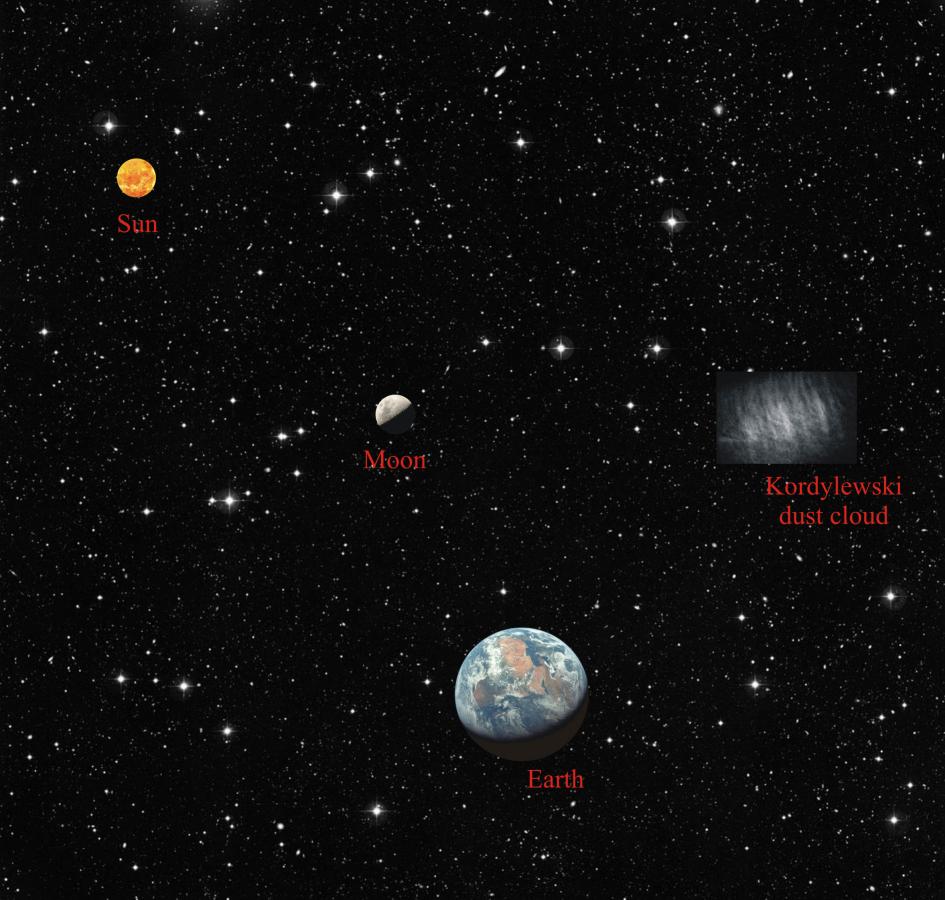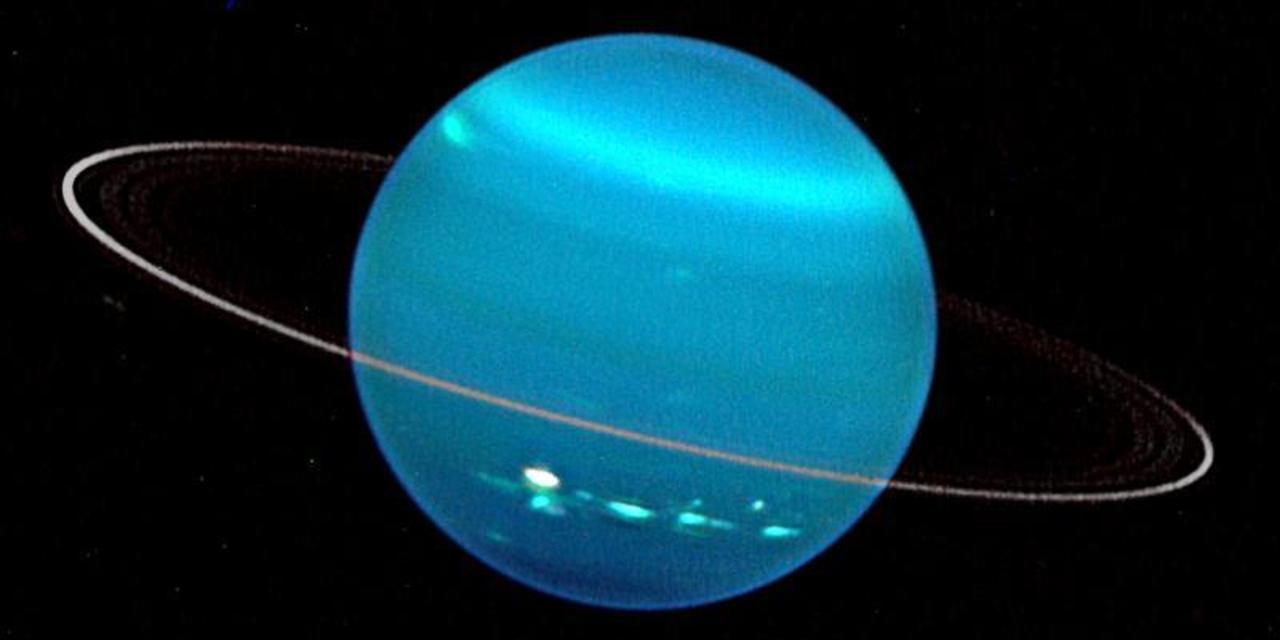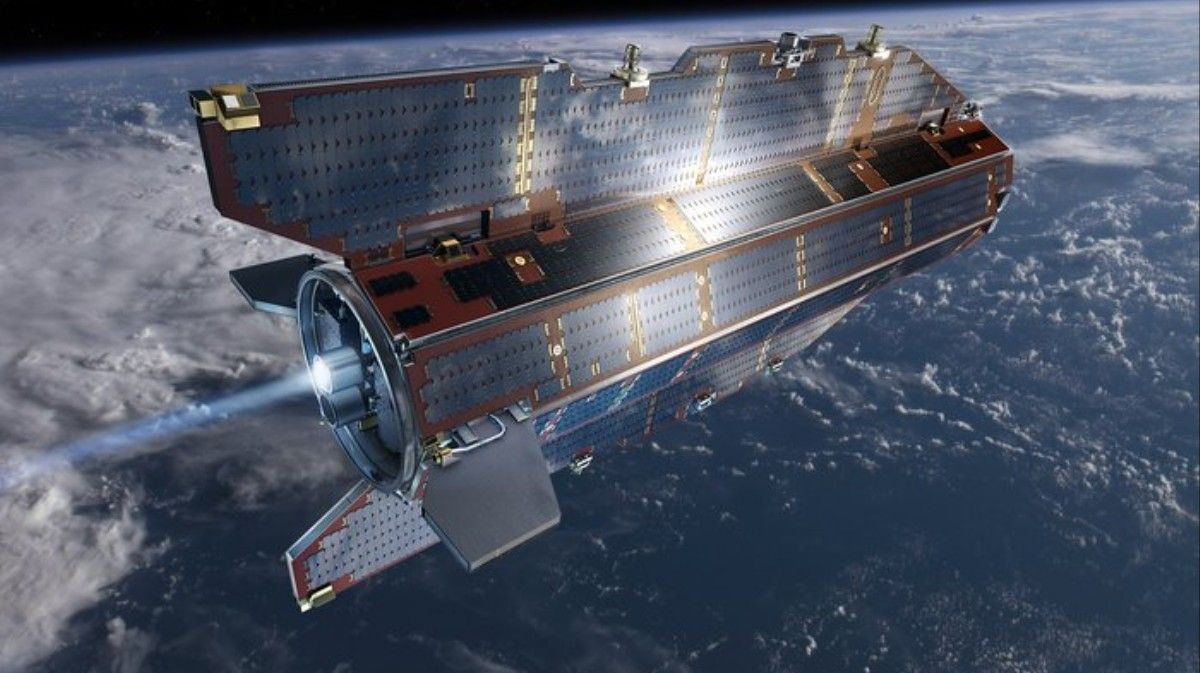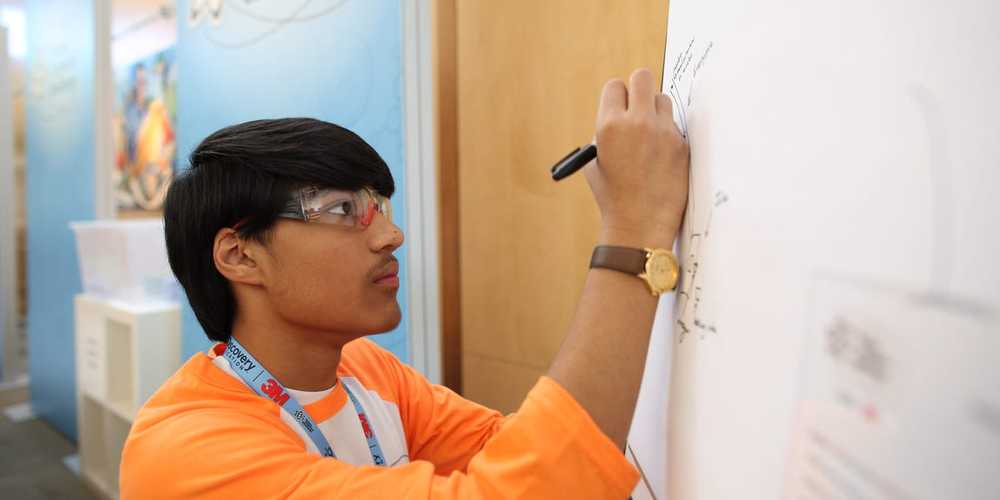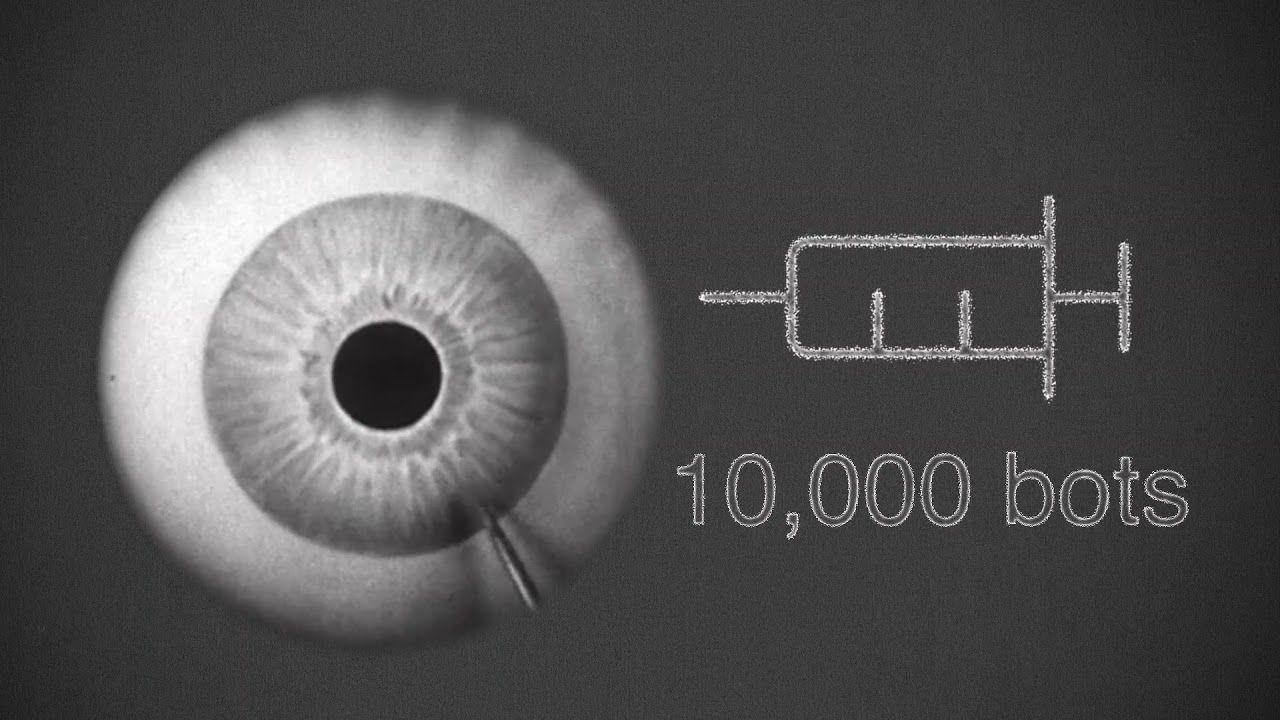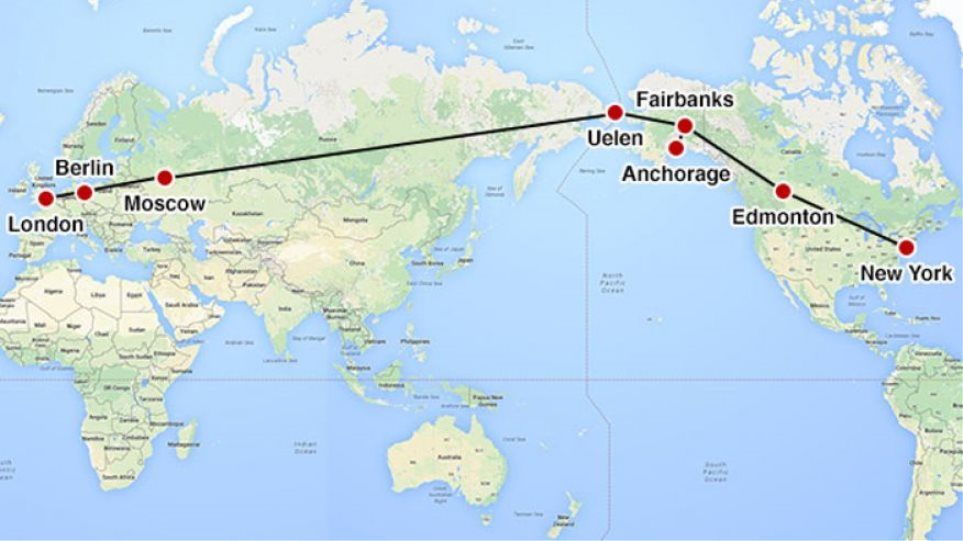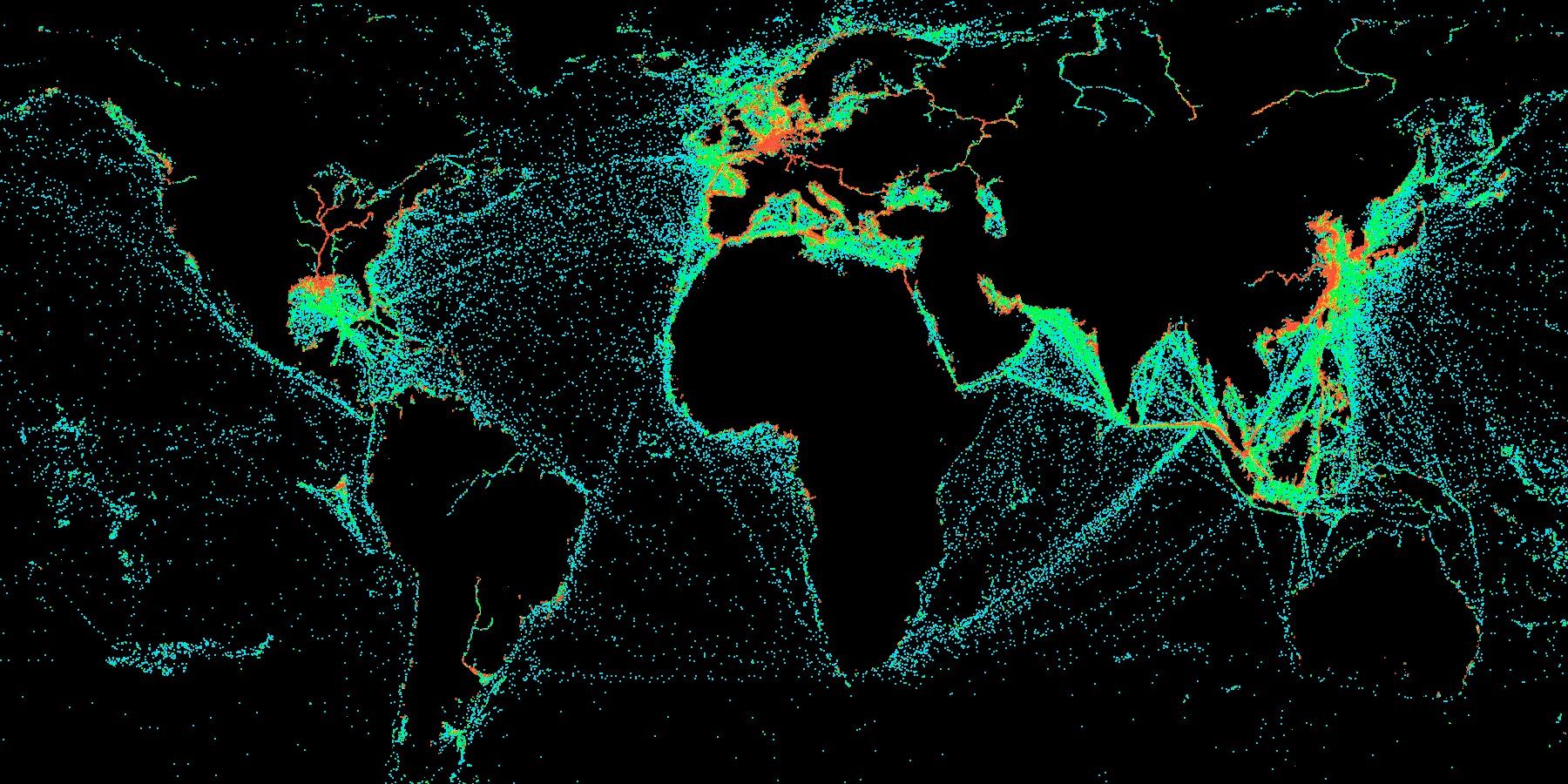Page 9092
Nov 7, 2018
Parker Solar Probe Reports Good Status After Close Solar Approach
Posted by Alberto Lao in category: robotics/AI
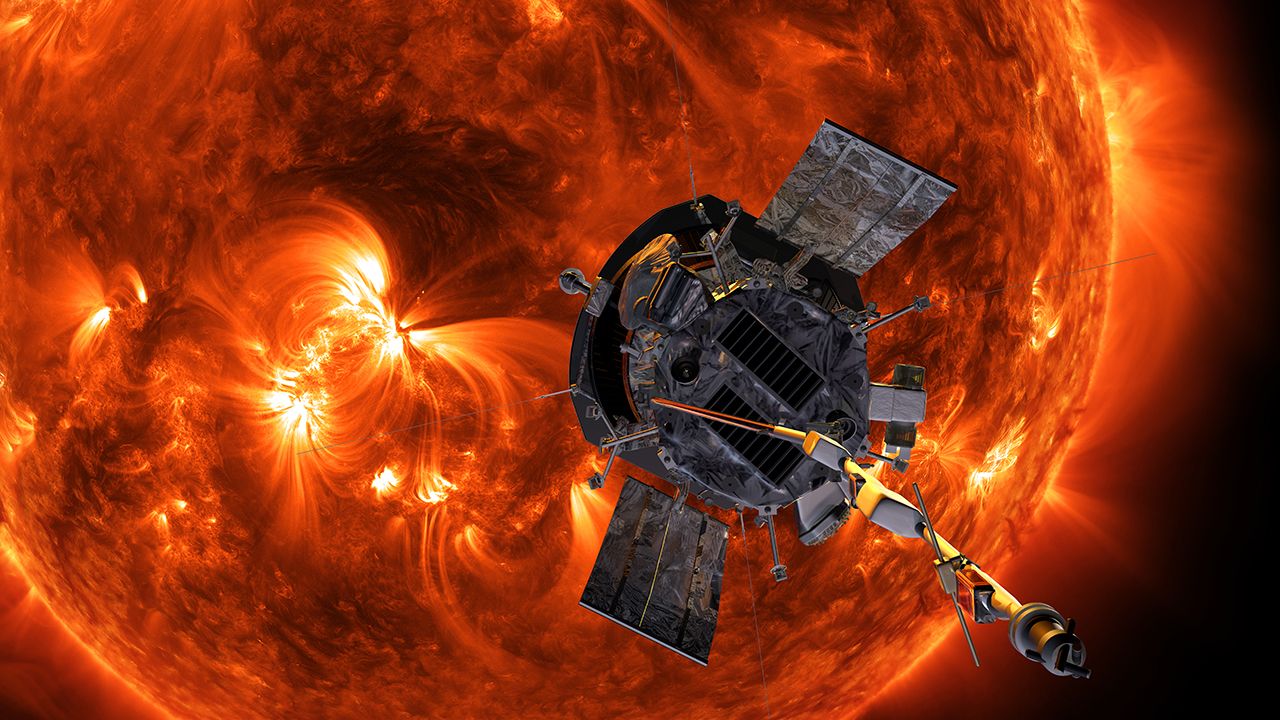
#ParkerSolarProbe
Parker Solar Probe is alive and well after skimming by the Sun at just 15 million miles from our star’s surface. This is far closer than any spacecraft has ever gone — the previous record was set by Helios B in 1976 and broken by Parker on Oct. 29 — and this maneuver has exposed the spacecraft to intense heat and solar radiation in a complex solar wind environment.
Continue reading “Parker Solar Probe Reports Good Status After Close Solar Approach” »
We hear a lot about Mars, Jupiter, and Saturn, and that’s because we have extremely fancy hardware floating around and, in some cases, cruising on the surface of those planets. The planets that lie further away from the Sun don’t get nearly as much attention, but they may soon, as NASA is currently spitballing some missions that will give us a better look at Uranus than we’ve ever gotten.
Nov 7, 2018
Data From a Dead Satellite Reveals Lost Continents Under Antarctica
Posted by Genevieve Klien in category: futurism
These maps sketch out the remnants of long-lost landmasses trapped within drifting continental plates called cratons. While some cratons are already well-understood, Antarctica’s lithospheric structure is tough to examine because of its remote location and the enormous ice sheets that obscure its underlying geology.
“These gravity images are revolutionizing our ability to study the least understood continent on Earth—Antarctica,” said study co-author Fausto Ferraccioli, science leader of geology and Geophysics at the British Antarctic Survey, in a statement. “In East Antarctica, we see an exciting mosaic of geological features that reveal fundamental similarities and differences between the crust beneath Antarctica and other continents it was joined to until 160 million years ago.”
Nov 7, 2018
This 13-year-old scientist invented a safer way to treat pancreatic cancer, and he hasn’t even started high school yet
Posted by Genevieve Klien in categories: biotech/medical, education
13-year-old Rishab Jain won the 2018 Discovery Education 3M Young Scientist Challenge for making a tool to help treat pancreatic cancer more safely.
Nov 7, 2018
In the Nucleus, Genes’ Activity Might Depend on Their Location
Posted by Genevieve Klien in category: biotech/medical
Using a new CRISPR-based technique, researchers are examining how the position of DNA within the nucleus affects gene expression and cell function.
Nov 7, 2018
Watch tiny robots swim through an eyeball to deliver medicine
Posted by Genevieve Klien in categories: biotech/medical, nanotechnology, robotics/AI
Nov 7, 2018
With this New Superhighway you can Travel with Car from USA to Europe
Posted by Mary Jain in category: transportation
A road stretching to more than 80% of the world – russia proposes a superhighway that will take you from europe to the united states!

According to a report in The Siberian Times, Russian Railways president has proposed a plan for a massive trans-Siberian highway.
Continue reading “With this New Superhighway you can Travel with Car from USA to Europe” »
Nov 7, 2018
At Last, Physicists Understand Where Matter’s Mass Comes From
Posted by Genevieve Klien in categories: cosmology, education, particle physics, supercomputing
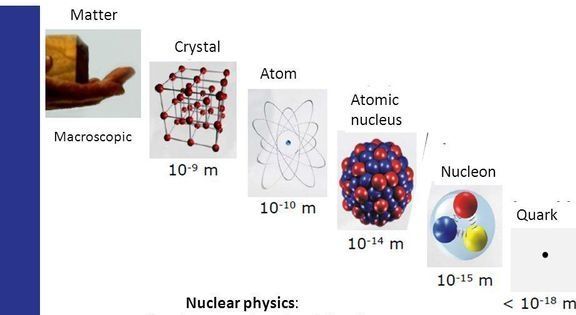
Lattice QCD is not only teaching us how the strong interactions lead to the overwhelming majority of the mass of normal matter in our Universe, but holds the potential to teach us about all sorts of other phenomena, from nuclear reactions to dark matter.
Later today, November 7th, physics professor Phiala Shanahan will be delivering a public lecture from Perimeter Institute, and we&s;ll be live-blogging it right here at 7 PM ET / 4 PM PT. You can watch the talk right here, and follow along with my commentary below. Shanahan is an expert in theoretical nuclear and particle physics and specializes in supercomputer work involving QCD, and I&s;m so curious what else she has to say.
Continue reading “At Last, Physicists Understand Where Matter’s Mass Comes From” »
Nov 7, 2018
New Satellites Will Use Radio Waves to Spy on Ships and Planes
Posted by Genevieve Klien in category: satellites
This month, HawkEye 360 will send up satellites that track the radio transmissions of ships, planes and other things on Earth, allowing them to be tracked by their communications.
